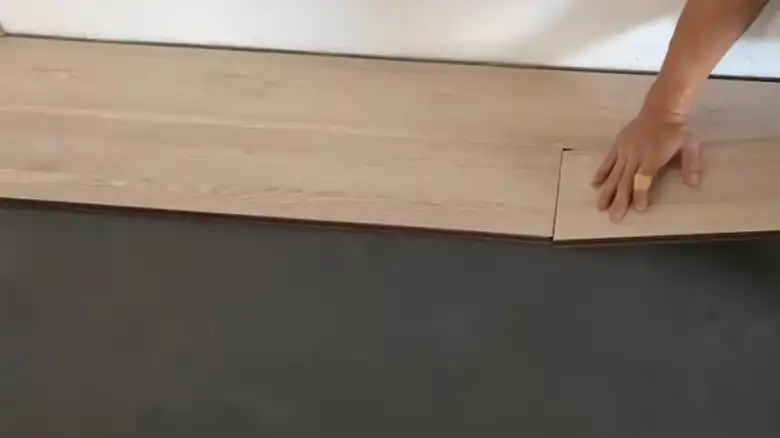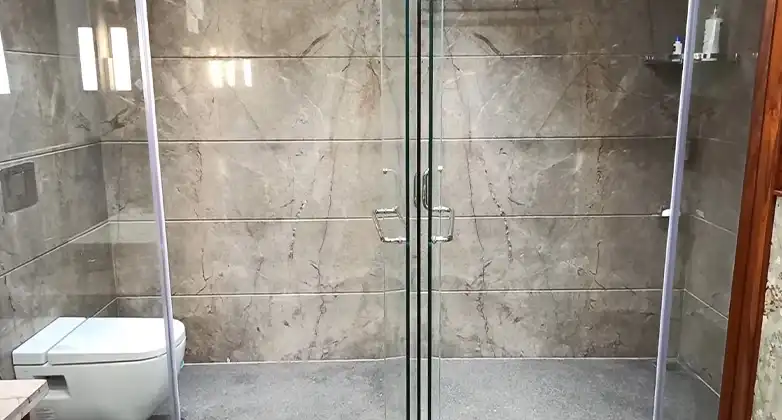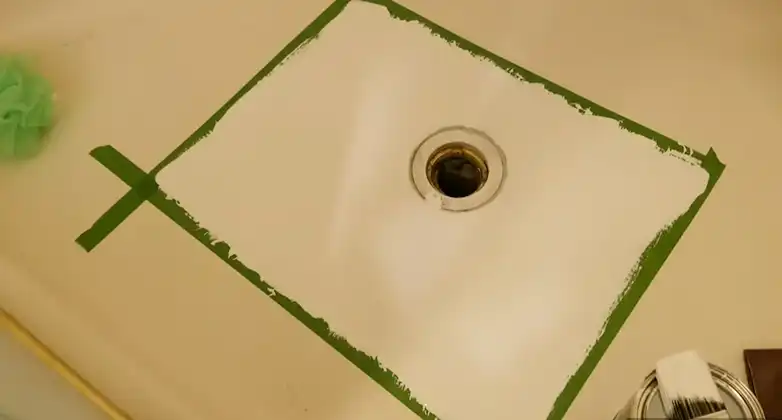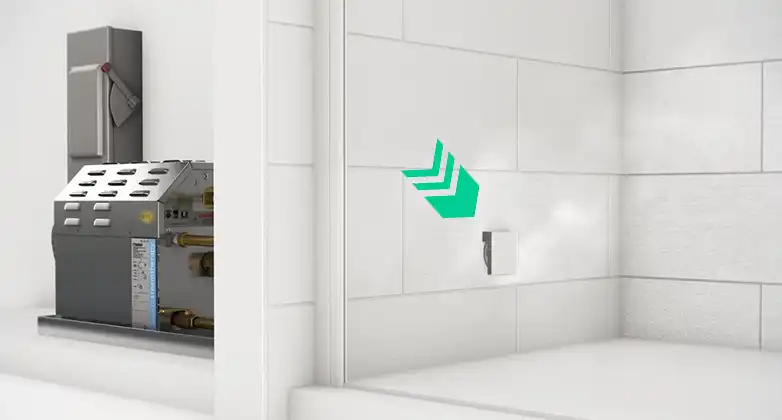A bathroom is a space where safety should be a top priority. One common concern is the risk of slips and falls due to slippery surfaces. To address this issue, it’s essential to increase friction in the bathroom, providing better traction and stability.
In this article, we will explore effective strategies and practical tips to enhance friction in the bathroom, promoting safety for everyone who uses it. By implementing these measures, you can create a safer environment, particularly for children, the elderly, and individuals with mobility challenges.
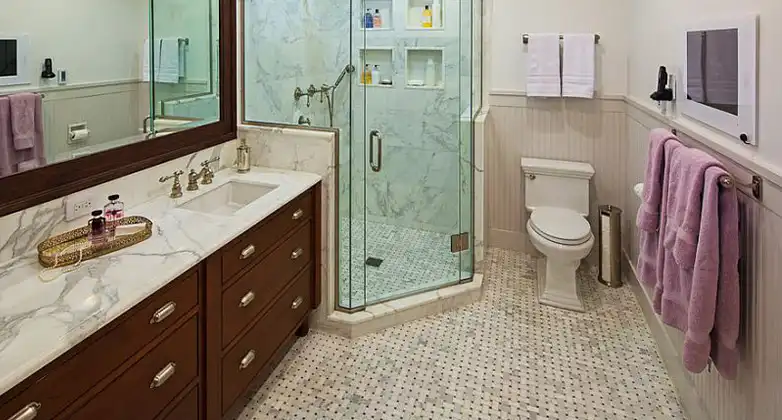
Effective Strategies to Increase Friction in a Bathroom
Slip and fall accidents in bathrooms can lead to serious injuries, making it crucial to prioritize slip prevention. One effective way to enhance bathroom safety is by implementing strategies to boost friction. By increasing the traction on surfaces, you can significantly reduce the risk of slips and falls. In this section, we will explore various practical and effective strategies that can be employed to enhance friction in bathrooms, creating a safer environment for everyone.
1. Choosing Slip-Resistant Flooring Options: The choice of flooring in the bathroom is a critical factor in increasing friction. Opting for slip-resistant materials is key to reducing the likelihood of accidents. Consider materials such as textured ceramic or porcelain tiles, vinyl, or rubber flooring, which offer improved traction. These materials provide a textured surface that enhances grip, even when wet. It is essential to carefully assess the slip resistance rating of the flooring options before making a decision.
2. Using Bathmats and Rugs for Enhanced Traction: Bathmats and rugs are practical additions to the bathroom that can significantly increase friction. Place them strategically near the bathtub, shower, and sink areas, where slips are most likely to occur. Look for bathmats and rugs with non-slip backing or grip features to ensure they stay securely in place. Additionally, choose materials that absorb moisture effectively and are easy to clean to maintain hygiene in the bathroom.
3. Installing Grab Bars for Stability and Support: Grab bars are invaluable safety features that provide stability and support in the bathroom. Install them near the toilet, bathtub, and shower to assist individuals with balance and movement. Make sure to choose grab bars that are specifically designed for bathrooms, as they are water-resistant and capable of supporting weight. Professional installation is recommended to ensure proper placement and secure attachment to the wall.
4. Applying Non-Slip Coatings or Adhesive Strips: Non-slip coatings or adhesive strips are effective solutions for increasing friction on smooth surfaces such as bathtubs and shower bases. These products create a textured surface that enhances grip and reduces the risk of slips. Apply non-slip coatings or adhesive strips according to the manufacturer’s instructions for optimal results. Regularly inspect and maintain these coatings or strips to ensure their effectiveness over time.
5. Using Textured Tiles or Mats in the Shower or Bathtub: The shower or bathtub area is particularly prone to slips and falls. Consider using textured tiles or mats specifically designed for these areas. Textured tiles provide a rougher surface that offers better traction, while mats with suction cups adhere securely to the floor of the shower or bathtub. These solutions can significantly reduce the risk of accidents and enhance safety.
6. Proper Cleaning and Maintenance to Preserve Friction: Proper cleaning and maintenance practices are crucial for preserving the friction-enhancing properties of surfaces and accessories in the bathroom. Regularly clean the bathroom using non-slip or mild detergents that do not leave behind a slippery residue. Avoid using wax or polish on floors, as they can create a hazardous surface. Inspect and replace any worn-out or damaged bathmats, rugs, or adhesive strips promptly.
Additional Tips for a Safer Bathroom Experience
In addition to the strategies mentioned above, there are several other tips to enhance safety and prevent slips in the bathroom. These include:
- Ensuring proper lighting in the bathroom to improve visibility and reduce the risk of accidents.
- Keeping the bathroom dry by promptly wiping up any spills or water splashes.
- Using shower chairs or non-slip stools for individuals who may require additional support or stability.
- Encouraging the use of non-slip footwear or bath shoes while in the bathroom.
- Installing temperature-controlled thermostatic valves to prevent scalding accidents.
Frequently Asked Questions and Aswers (FAQs)
What are some common causes of slippery surfaces in bathrooms?
Common causes of slippery surfaces in bathrooms include wet floors, soap residue, condensation, and polished or smooth surfaces without adequate texture.
Are there any specific products or treatments available to increase friction in bathrooms?
Yes, there are products and treatments designed to increase friction in bathrooms. These include anti-slip mats, adhesive strips or tapes, non-slip coatings, and specialized cleaning products that remove soap scum and residue.
Can I increase friction in a rented bathroom?
Yes, there are temporary solutions available that can be used in rented bathrooms to increase friction, such as non-slip mats, adhesive strips, and removable non-slip coatings. Always check with your landlord or property manager before making any modifications.
Conclusion
Increasing friction in the bathroom is crucial for enhancing safety and preventing slips and falls. By implementing the strategies discussed in this article, such as choosing slip-resistant flooring, using bathmats and rugs, installing grab bars, and applying non-slip coatings or adhesive strips, you can create a safer environment for everyone. Remember to regularly maintain and inspect these measures to ensure their effectiveness over time. Prioritizing safety in the bathroom not only provides peace of mind but also promotes independence and well-being for individuals of all ages and abilities.

